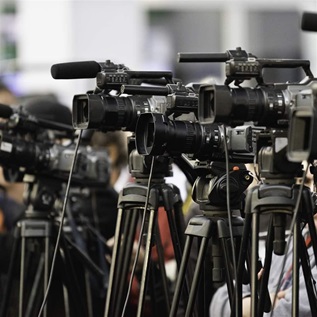Alaska Ballot Shortage Follow Up
As noted in an earlier dispatch, the city of Anchorage, Alaska faced a troubling ballot shortage in an April mayoral election. An investigation noted one main cause was a miscalculation in planning for how many ballots would be needed.
While municipal code requires that ballots be printed for 70 percent of registered voters, not all of the printed ballots are necessarily delivered to polling places. To determine the number of ballots at each polling place, state election officials examine previous turnout, what is on the ballot, and the number of absentee ballots requested, among other factors.
In allocating ballots for the 2012 election, the deputy municipal clerk mostly looked at recent turnout history from two non-mayoral elections as a baseline. These included a 2011 election with just over 45,000 voters and a 2010 election with approximately 39,000 voters. A 2006 mayoral election which saw more than 70,000 ballots cast was not considered.
Not only did the 2012 election have a mayor’s race on the ballot, it also had a high-interest, gay rights ballot proposition. More than 71,000 ballots were cast, comparable to the 2006 mayoral election, but 50 precincts received fewer ballots in 2012 than in 2006. In the end 65 out of 121 polling places ran out of ballots at some point during the day, although most were replenished before polls closed.
After this investigation was complete, more troubling news emerged: 141 uncounted ballots were found in a storage closet at City Hall.






